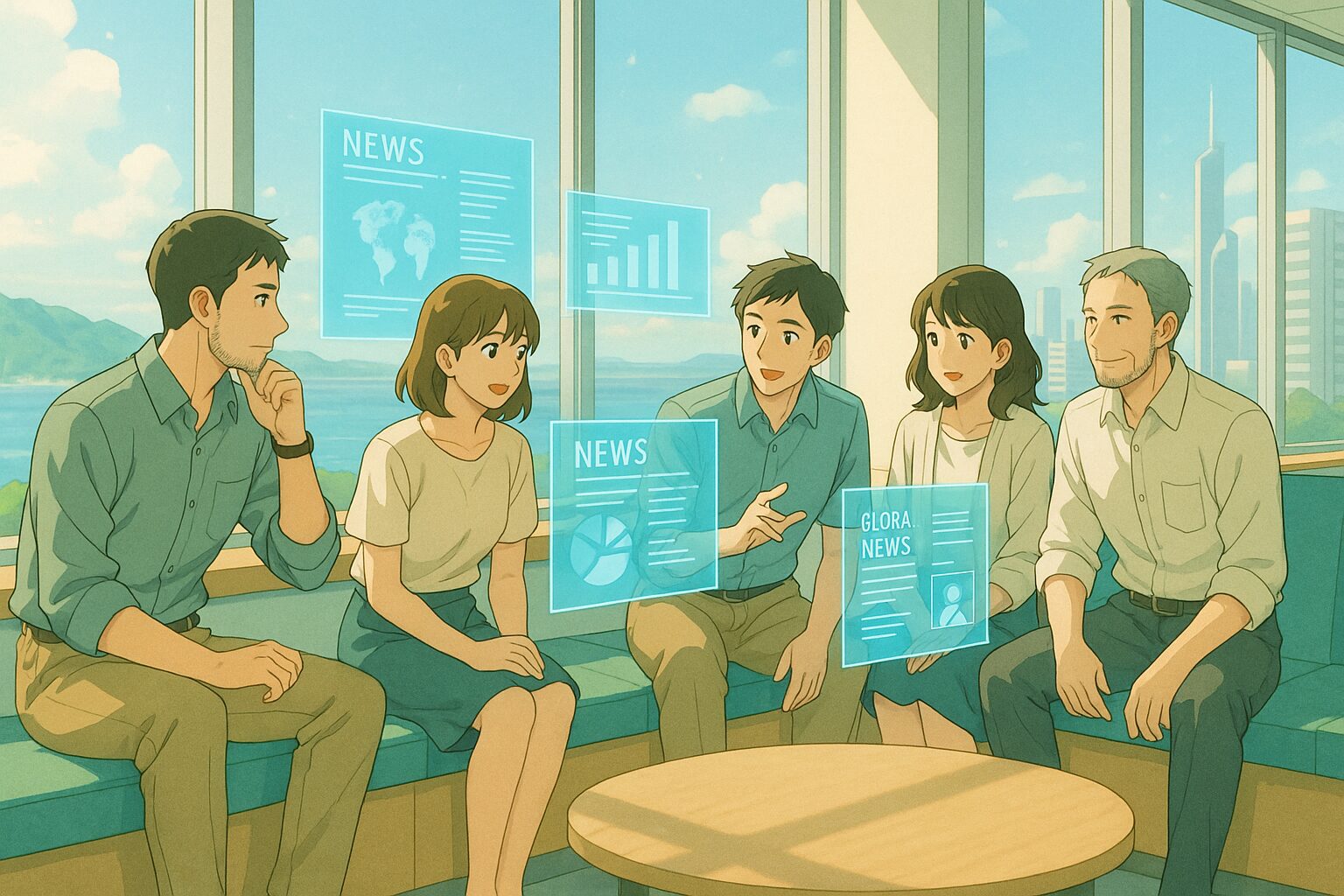A Future Where Students Design Policies: How Will Our Society Change?
The evolution of educational technology is creating a new trend where learners themselves participate in policy-making decisions. According to the latest report from NTV Kenya, this movement is gaining momentum. If this trend continues, what will our future look like?
1. Today’s News
Source:
NTV Kenya – Ed Tech Mondays: Learner participation in policy making
Summary:
- The movement for student participation in policy-making is expanding in the education sector.
- The evolution of ed-tech plays a role in reflecting learners’ voices in policies.
- There are expectations for increased transparency and participatory improvement in the education system, particularly in Kenya.
2. Considering the Background
Student participation in education is an attempt to break away from the traditional top-down approach to policy making. With technological advancements, students are becoming more accessible, and there are increasing platforms for them to reflect their opinions. This movement enhances the transparency of the education system and enables learners to design the shape of education themselves. But why is this trend being emphasized now? There is a rising call for higher quality and equity in education.
3. What Will the Future Look Like?
Hypothesis 1 (Neutral): A Future Where Learner Participation Becomes the Norm
It may be that a society where learners participate in policy-making becomes the norm. This could lead to educational policies that are more attuned to the needs of the field, improving the quality of education. However, confusion may arise in the process of aggregating all opinions. Still, increased transparency may strengthen trust in education.
Hypothesis 2 (Optimistic): A Future Where Student-Centered Education Thrives
A strong reflection of student opinions in policies could significantly evolve the education system. Customized learning programs tailored to individual needs could be realized, enhancing motivation to learn. Ultimately, society may cultivate individuals with creative and flexible thinking, leading to the establishment of new educational models.
Hypothesis 3 (Pessimistic): A Future Where Consistency in Education is Lost
On the other hand, overly reflecting diverse opinions from learners could risk losing consistency and standards in education. Different policies in each school and region might widen the learning gap. In this case, the equity of education would be questioned, possibly leading to social conflicts.
4. Tips for Us
Thinking Tips
- Consider how your opinions can influence policies.
- As a learner, imagine what kind of education will be necessary in the future.
Small Practice Tips
- Participate in local educational meetings and express your opinions.
- Actively collect and share information related to education.
5. What Would You Do?
- How would you support students participating in policy making?
- What initiatives would you undertake to enhance transparency in education?
- What are your ideals for how the future education system should be?
What kind of future did you envision? Please share your thoughts through SNS quotes or comments.








